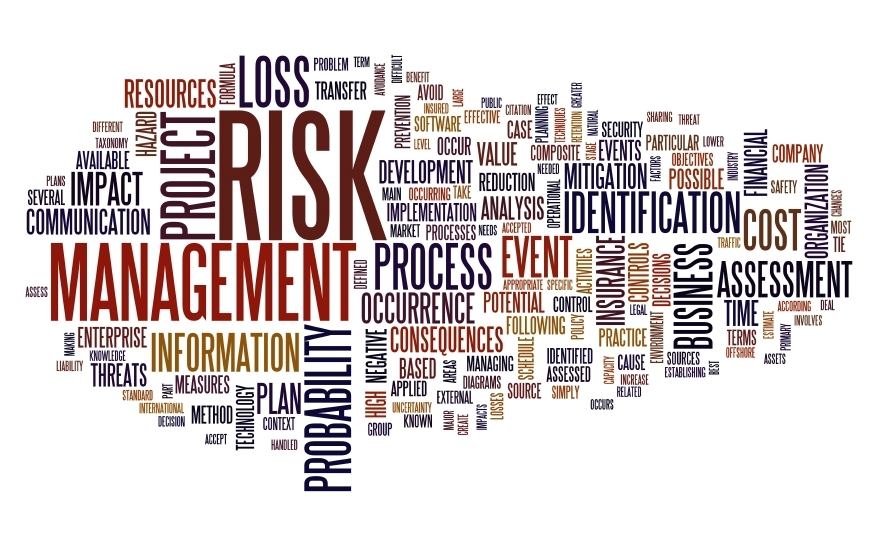Investors reassess their exposure to companies that have borrowed heavily in recent years
Companies have defaulted on $95bn worth of debt so far this year, with 2015 set to finish with the highest number of worldwide defaults since 2009, according to Standard & Poor’s.
The figures are the latest sign financial stress is beginning to rise for corporate borrowers, led by US oil and gas companies. The rising tide of defaults comes as investors reassess their exposure to companies that borrowed heavily in recent years against the backdrop of central bank policy suppressing interest rates.
Without a rebound in oil and commodity prices, and with the Federal Reserve seen lifting its policy rate for the first time in nine years, strategists predict a further rise in corporate defaults for 2016.
Based on the number of defaults in the first three quarters of the year, S&P expects 109 defaults by year-end, the largest total since 268 borrowers ran into problems in 2009. There were only 60 defaults worldwide in 2014.
The greatest source of financial problems has been the collapse in the oil price, particularly among small oil and gas companies in the US. Roughly three-fifths of defaults have occurred in the US this year, with emerging market borrowers responsible for a fifth of the total.
While the proportion of outstanding bonds judged to be in default remains below long-term averages, indicators of distress point to further problems ahead. For instance in the US, almost three-quarters of high-yield bonds issued by oil and gas companies trade at a more than 10 percentage point spread over the yield on US Treasuries.
S&P said: “While default rates across all rating categories over the last four quarters are substantially lower than their long-term averages, some stress is beginning to appear.”
The rating agency added that the double B rating category’s trailing four-quarter default rate is at its highest point since the end of 2011.
Source: Financial Times






















